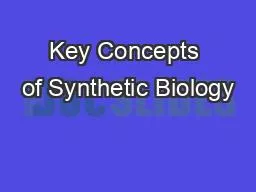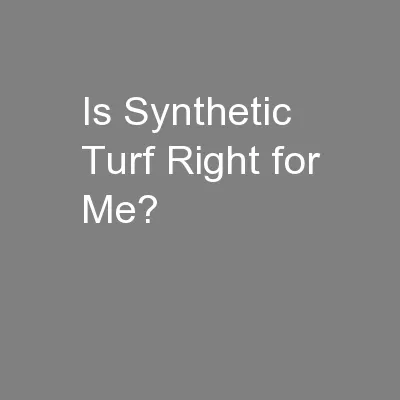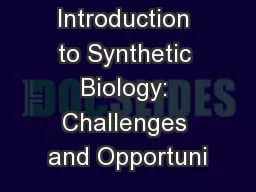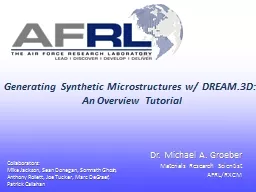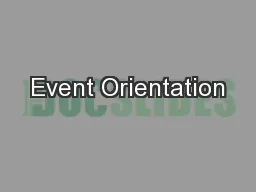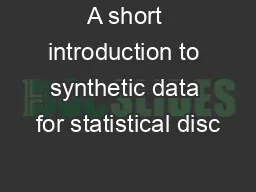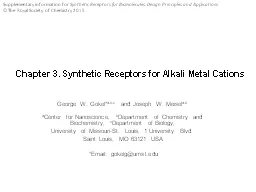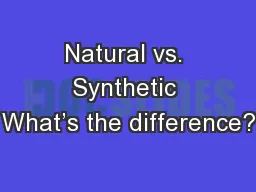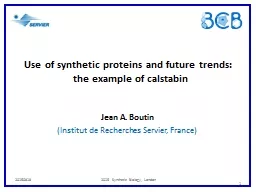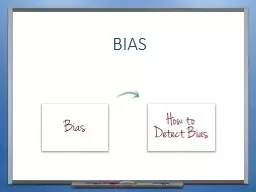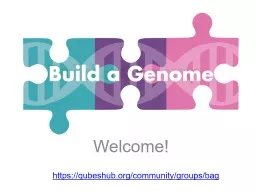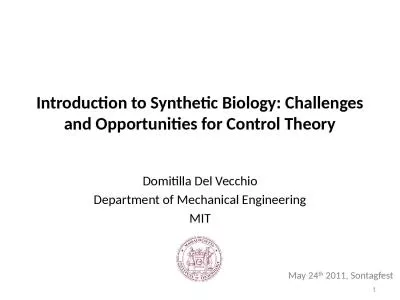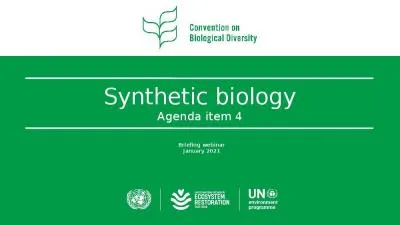PPT-Key Concepts of Synthetic Biology
Author : popsmolecules | Published Date : 2020-07-01
amp The Central Dogma IGEM Presentation 1 7 th July 09 Dineka Khurmi James magA Field Synthetic Biology Last century amp SB potential US leads with 16m funding
Presentation Embed Code
Download Presentation
Download Presentation The PPT/PDF document "Key Concepts of Synthetic Biology" is the property of its rightful owner. Permission is granted to download and print the materials on this website for personal, non-commercial use only, and to display it on your personal computer provided you do not modify the materials and that you retain all copyright notices contained in the materials. By downloading content from our website, you accept the terms of this agreement.
Key Concepts of Synthetic Biology: Transcript
Download Rules Of Document
"Key Concepts of Synthetic Biology"The content belongs to its owner. You may download and print it for personal use, without modification, and keep all copyright notices. By downloading, you agree to these terms.
Related Documents

